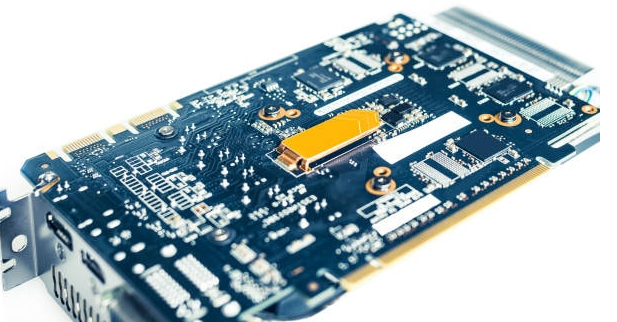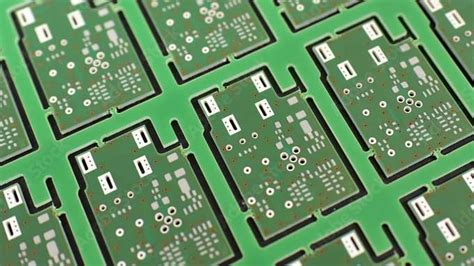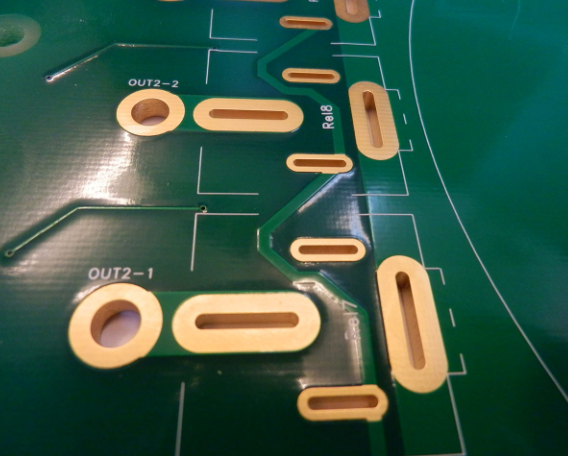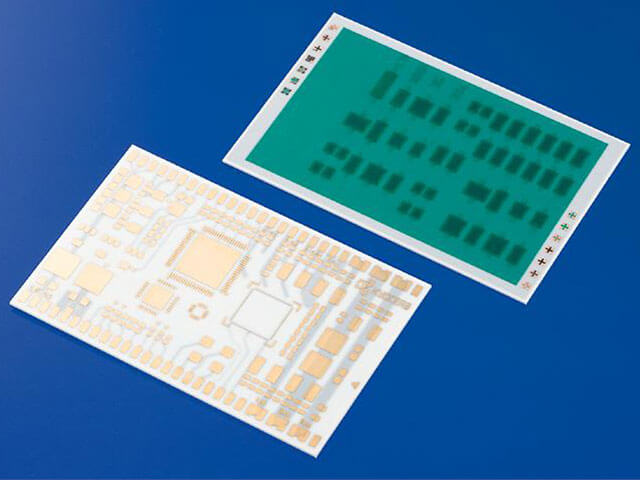Essential Guide to PCB Assembly Components and Their Roles

Key Takeaways
When it comes to pcb assembly (PCBA), understanding the essential components involved is crucial for engineers and designers alike. Each component plays a specific role that contributes to the overall performance and functionality of an electronic circuit. For instance, resistors are vital in controlling the flow of current by limiting it within specific parameters, thus preventing damage to sensitive components. Meanwhile, capacitors serve as energy storage devices, temporarily holding electrical energy for smooth operation within a circuit and aiding in noise filtration.
Additionally, understanding inductors can enhance circuit design by controlling alternating current (AC) flows and enabling filtering functions. In the assembly process, connectors are of utmost importance, providing necessary pathways for electrical connections between various components, ensuring seamless communication within the circuit board. Furthermore, the presence of integrated circuits (ICs) often signifies a leap in circuit efficiency by combining multiple functions into a single component.
The synergy of these components determines not just the efficiency of individual functionalities but also the overall reliability of electronic systems across various applications—from consumer electronics to industrial machinery. Thus, recognizing the significance of each element in PCBA is essential for creating circuits that are both effective and dependable.
| Component | Function | Significance |
|---|---|---|
| Resistors | Limit electric current | Protect sensitive components |
| Capacitors | Store and release electrical energy | Maintain stability throughout operation |
| Inductors | Store energy in magnetic fields | Control AC flow |
| Connectors | Facilitate connections between components | Ensure reliable communication |
| Integrated Circuits | Combine multiple functions into one chip | Increase efficiency |
In summary, mastering these core concepts will significantly streamline the process of pcb assembly, leading to enhanced quality in electronic products.
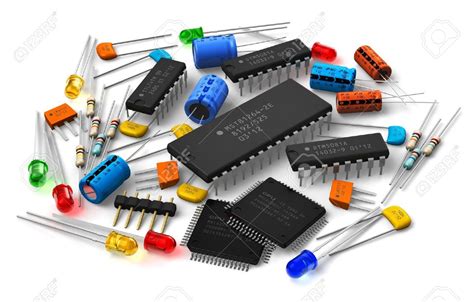
Introduction to PCB Assembly Components
In the realm of electronics, PCB assembly plays a crucial role in connecting various components to create functional devices. Understanding the basic PCB assembly components is essential for anyone looking to delve deeper into electronics design and manufacturing. At the heart of a printed circuit board (PCB) are numerous elements that contribute significantly to its overall efficiency and reliability. From resistors, which control the flow of current, to capacitors that store energy, each component has its unique function. For example, inductors serve to manage electrical energy in circuits, while integrated circuits (ICs) consolidate multiple functions into a single unit, thereby optimizing space and performance.
The presence of connectors cannot be overlooked, as they facilitate smooth communication between different parts of the circuit. Without these components functioning optimally within a PCBA (printed circuit board assembly), electronic devices may face issues such as signal loss or malfunctioning features. A solid grasp of these elements ensures that individuals involved in designing or assembling PCBAs can make informed decisions when selecting materials and configuring layouts.
"Understanding your PCB assembly components is not just about knowing what they are but also about appreciating how they work together to achieve functionality."
Types of PCB Assembly Components
In the realm of PCB assembly, various components play critical roles in ensuring the functionality and reliability of electronic circuits. These components can be broadly categorized into passive and active elements. Passive components, such as resistors, capacitors, and inductors, do not generate energy but influence the performance of the circuit by controlling current and voltage levels. On the other hand, active components like integrated circuits (ICs) and transistors actively manage electrical signals, providing amplification or switching functionalities that are essential for complex circuit operations.
Another vital category includes connectors, which serve as the interfaces between different circuit elements, promoting seamless communication within the assembly. Their design is crucial for maintaining signal integrity and minimizing physical space usage on the printed circuit board (PCB). Furthermore, different types of connectors are essential for various applications ranging from simple signal transmission to intricate data connections in high-speed electronics.
Every component within a PCBA contributes its unique function to bring about overall circuit efficiency. For instance, resistors not only limit current but can also provide voltage division in a circuit, while capacitors store energy for smooth power supply across components. Through understanding these various types of components and their specific roles, designers can optimize their PCB assembly processes to meet specific functionality and performance requirements effectively. In essence, recognizing each component’s role enhances design decisions that lead to more efficient and reliable products in various industries including consumer electronics, telecommunications, and computing.
The Role of Resistors in PCB Assembly
In pcb assembly, resistors play a crucial role by controlling the flow of current within the circuit. These essential components limit the amount of electrical current that can pass through a specific path, ensuring that sensitive parts of the circuit are adequately protected. By managing voltage levels, resistors help maintain the integrity of signals and prevent potential damage to other components. They are typically made from materials that exhibit a predictable resistance value, which can be selected based on the desired functionality within a printed circuit board. The effectiveness of pcba largely relies on the proper selection and placement of resistors, as poor choices might lead to inefficient energy distribution, overheating, or failure of critical functionalities. Beyond just limiting current, resistors are also involved in voltage division and impedance matching, which are vital for signal integrity in complex electronic systems. Therefore, understanding the diverse types and applications of resistors is essential for creating reliable and efficient electronic circuits in any pcb assembly project.
Capacitors: Functions and Importance
Capacitors play a critical role in the world of PCB assembly (pcba), serving as essential components that manage and store electrical energy. In simple terms, they consist of two conductive plates separated by an insulating material known as a dielectric. When voltage is applied, capacitors can accumulate charge, which enables them to fulfill various functions within an electronic circuit. Their primary roles include filtering, timing, and energy storage. For instance, in power supply circuits, capacitors are used to smooth out voltage fluctuations by absorbing excess voltage and releasing it when necessary. This action helps maintain stability in electronic devices.
Another significant application is in timing circuits where capacitors work alongside resistors to create oscillating signals. This operation is vital for generating clock pulses in microcontrollers and other digital devices. Furthermore, capacitors can block direct current (DC) while allowing alternating current (AC) to pass through, making them indispensable for coupling signals in radio frequency applications.
The importance of these components cannot be overstated; without them, many systems within pcb assembly would fail to operate effectively or efficiently. Whether in consumer electronics or sophisticated industrial machinery, the presence of pcba underscores the need for reliable operation and performance, with capacitors at the heart of many critical functions. In summary, understanding the roles of capacitors and their contributions to circuit functionality is essential for anyone involved in designing or assembling printed circuit boards.
Understanding Inductors and Their Applications
Inductors are essential components in pcb assembly, playing a critical role in controlling current and voltage within electronic circuits. By storing energy in a magnetic field when electric current passes through them, inductors help regulate the flow of electricity, which is vital for maintaining stability in circuits. Their primary function is to resist changes in current, making them particularly useful in applications that require filtering or tuning frequencies, such as in radio transmitters and receivers. Furthermore, inductors are often combined with capacitors to form LC circuits, which can define specific resonant frequencies for various applications. In the context of pcba, understanding the different types of inductors—whether air-core, ferrite-core, or toroidal—allows designers to select the most suitable component for their specific needs. By leveraging inductors effectively, engineers can enhance performance and ensure reliable operation of electronic devices across a multitude of sectors, from consumer electronics to medical devices and telecommunications.
Connectors: Bridging Circuits and Components
In the realm of pcb assembly, connectors serve as vital components that facilitate communication between different parts of a circuit. These components enable the seamless transfer of electrical signals and help in connecting various devices, ensuring that data flows efficiently across the system. Connectors come in a diverse range, including headers, sockets, and plugs, each tailored to specific applications within a PCBA. Their design often emphasizes reliability, with features such as locking mechanisms to prevent accidental disconnection and conductive materials that reduce resistance and enhance performance. As electronic devices become more sophisticated, the role of connectors in maintaining integrity and performance within pcb assembly processes becomes increasingly significant. They are essential not just for functionality but also for ease of assembly and maintenance, allowing for quick replacements of modules or troubleshooting without extensive disassembly. Understanding the nuances of connectors is crucial for anyone involved in designing or working with printed circuit boards, as their selection can greatly impact the overall reliability and efficiency of electronic circuits.

The Significance of Integrated Circuits in PCBs
Integrated Circuits (ICs) play a pivotal role in pcb assembly and are essential for the functionality of modern electronic devices. These compact components combine multiple electronic elements, including resistors, capacitors, and transistors, into a single chip. This integration not only reduces the physical size of circuits but also enhances their performance and efficiency. In pcba processes, ICs are instrumental in managing complex functions such as data processing, signal amplification, and power regulation. Their ability to execute these tasks with minimal power consumption is crucial for applications ranging from consumer electronics to industrial machinery. Furthermore, the reliability of ICs significantly impacts the overall durability of electronic assemblies. Proper selection and placement during the pcb assembly process ensure that these critical components operate seamlessly within the system. This highlights their significance not just as individual parts but as integral elements that enable more sophisticated designs and functionalities in modern electronics.
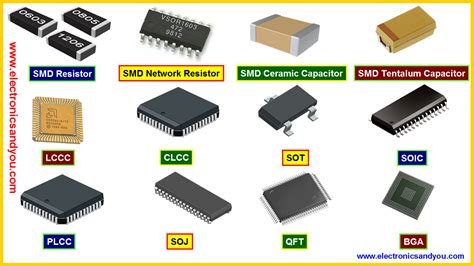
Conclusion: Optimizing PCB Assembly for Efficiency
In the realm of PCB assembly, maximizing efficiency is key to delivering high-quality electronic products. Achieving this efficiency requires a meticulous understanding of the various components involved in PCBA. Each component, whether a resistor, a capacitor, or an integrated circuit, plays a pivotal role in ensuring the overall functionality and reliability of the circuit. Streamlined processes, from design to assembly, can significantly enhance output while reducing waste. For instance, optimizing the layout for component placement helps to minimize excessive routing and soldering times. Implementing automated assembly techniques can further elevate precision and speed, crucial in today’s fast-paced technology landscape. By focusing on both the quality of individual components and the holistic approach to their integration, manufacturers can foster innovations that lead to superior performance in various applications. Ultimately, refining these practices is fundamental for anyone involved in the field of PCB assembly to create efficient and robust electronic devices that meet evolving industry demands.

Conclusion: Optimizing PCB Assembly for Efficiency
In the intricate world of PCB assembly, understanding the diverse components involved is crucial for engineers and manufacturers alike. Each element, from resistors to integrated circuits, plays a vital role in ensuring that the assembled board operates seamlessly and efficiently. The careful selection and placement of these pcb assembly components can significantly influence not only the performance of the final product but also its longevity and reliability. When striving for optimal performance in electronic circuits, attention must be paid to factors such as component compatibility, layout design, and thermal management. Moreover, integrating advanced technologies into pcba practices can enhance production speed while minimizing potential defects. By committing to the meticulous optimization of these components and processes, manufacturers can deliver robust solutions tailored to a diverse range of applications, thereby meeting the increasing demands of today’s electronic landscape. Through such efforts, PCB assembly evolves into a critical driver in the development of innovative electronics that form the backbone of modern technology.
FAQs
What are the main components involved in pcb assembly?
The primary components in pcb assembly include resistors, capacitors, inductors, and integrated circuits (ICs). Each component plays a crucial role in ensuring the functionality of the electronic circuit.
How do resistors function in a PCBA?
Resistors limit the flow of electric current within a circuit. They are essential for protecting sensitive components from excess current, thus maintaining the integrity of the pcb assembly.
What role do capacitors play in electronic circuits?
Capacitors store and release electrical energy, making them vital for managing power supply fluctuations and filtering noise within circuits. Their function is significant in maintaining stability across a pcba.
Can you explain inductors and their applications?
Inductors store energy in a magnetic field when electric current passes through them. They are commonly used in filtering, timing, and energy storage applications within many pcb assembly designs.
Why are connectors important in PCB assemblies?
Connectors serve as junctions that bridge separate circuit components, enabling communication and power transfer between different sections of the electronic design. Their reliability is paramount for effective pcba functionality.
What is the significance of integrated circuits (ICs) in PCBs?
Integrated circuits consolidate multiple functions into a single component, significantly reducing space and improving efficiency. Their integration is fundamental to modern pcb assembly, facilitating complex operations with fewer physical parts.
For more in-depth information on optimizing your PCB assembly, please click here: Andwin PCB Assembly.

